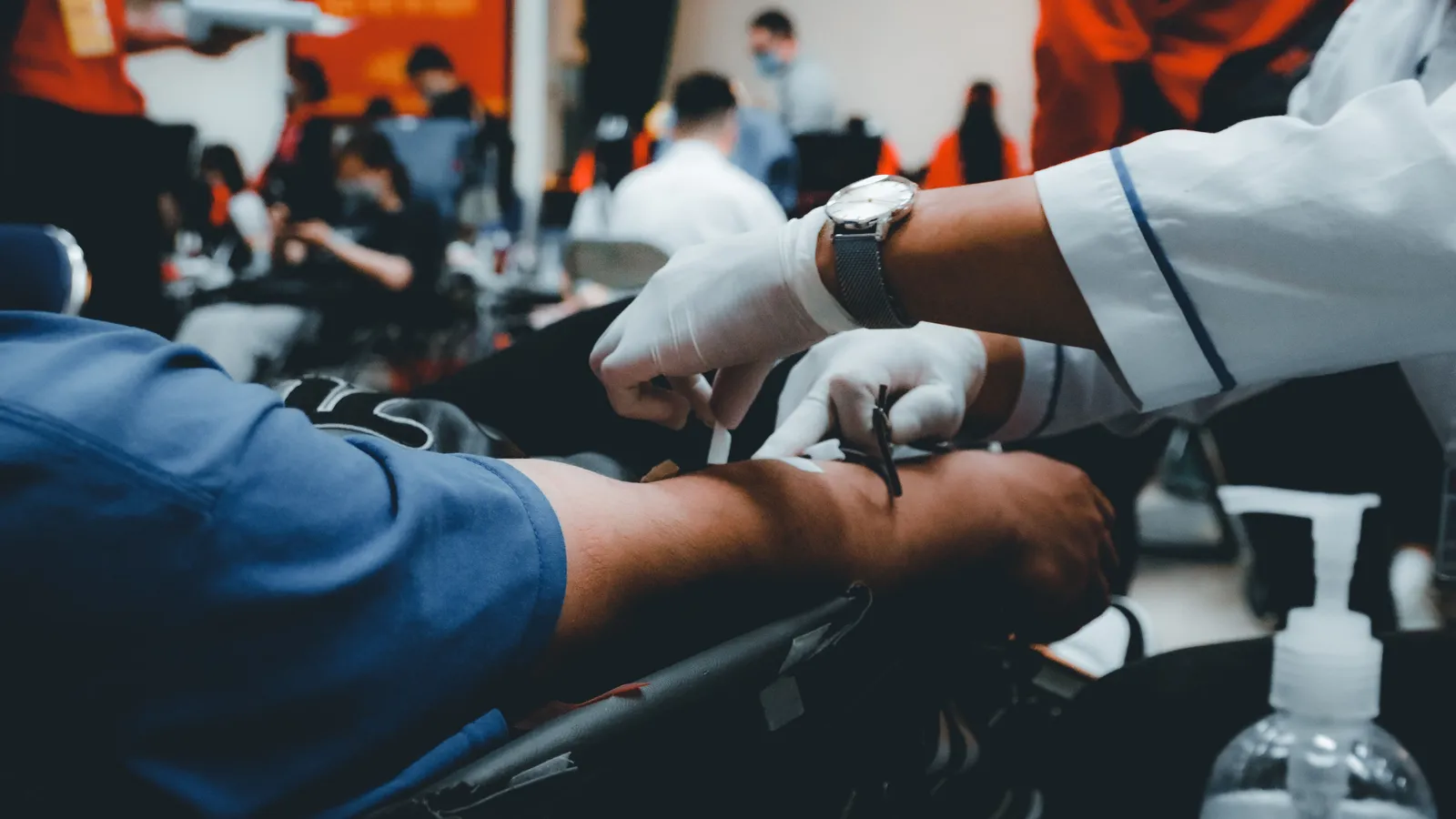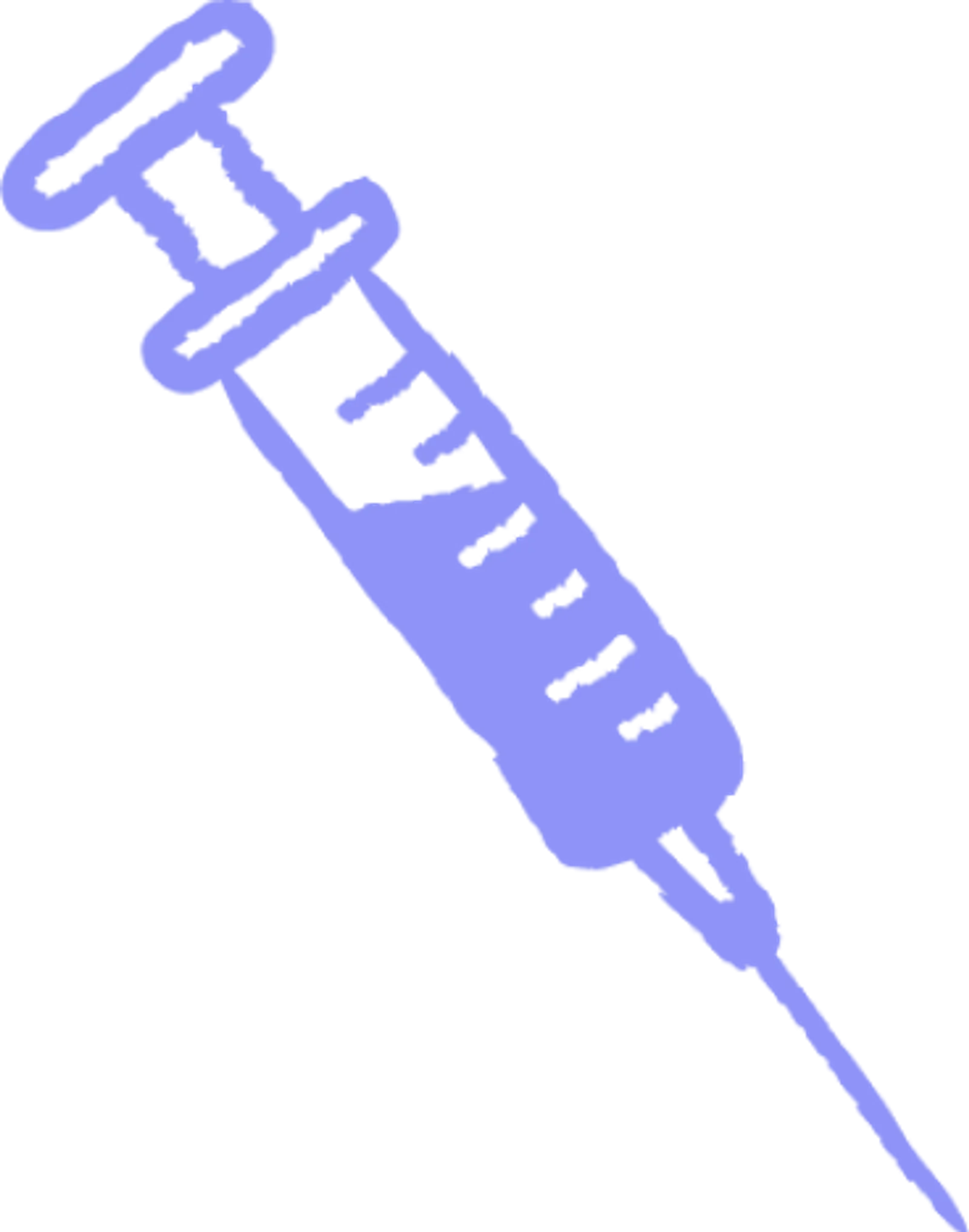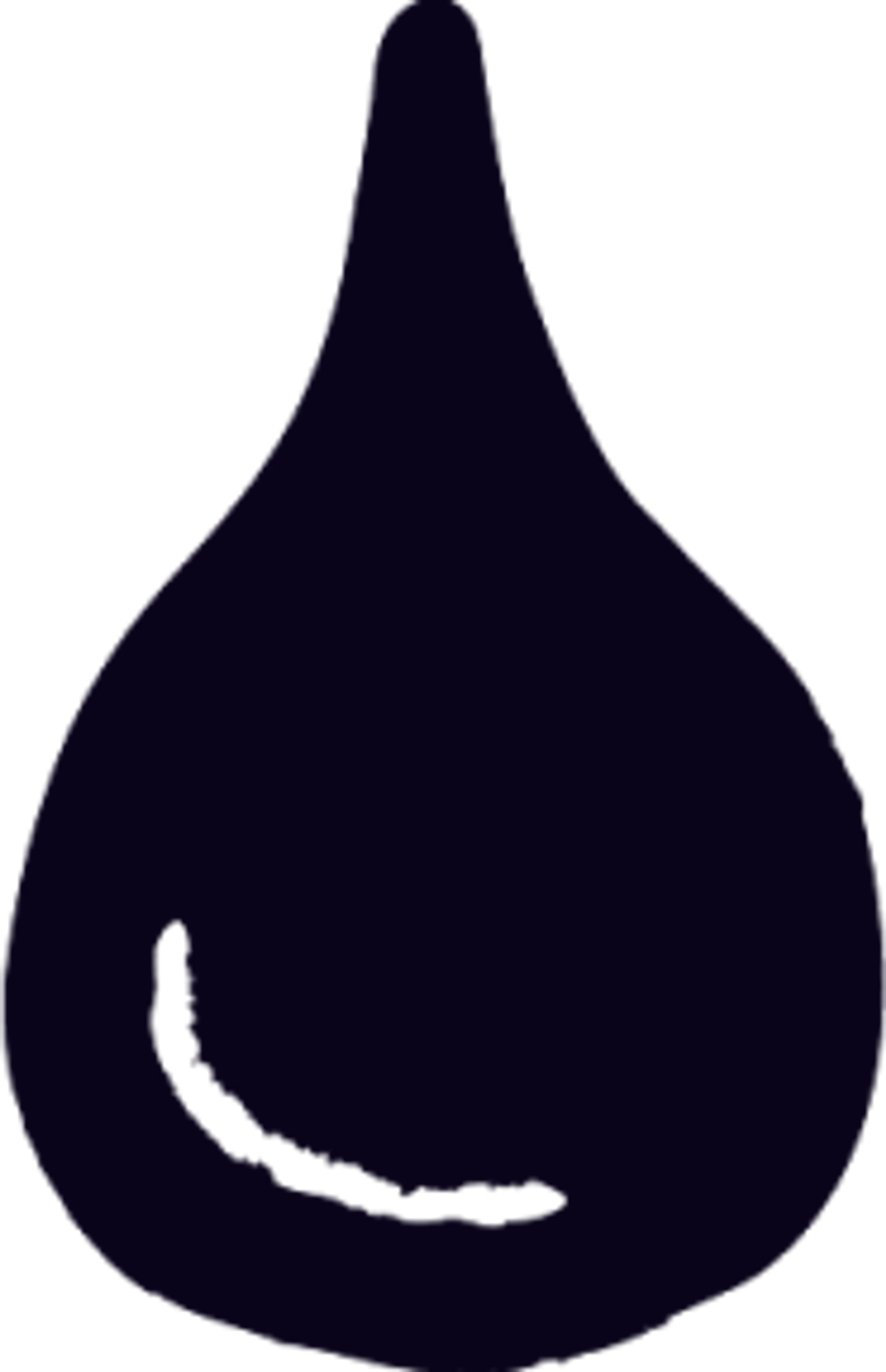Plasma 101
Who: Eligible donors between 18 and 63 can earn up to $560 a month in NY and up to $770 a month in FL.
What: Plasma is the yellow part of your blood that replenishes naturally.
Where: Queens, Brooklyn, The Bronx (NY), and Ft. Pierce (FL).
Why: Get paid to donate and help treat bleeding disorders, immune deficiencies, and more.
When: No appointment needed—walk in anytime before closing.
The Economic Impact of Plasma Donation

The Economic Impact of Plasma Donation
Plasma shortages threaten healthcare advancements globally. Yet plasma collection centers face minimal public awareness despite life-saving impacts enabling vital pharmaceutical therapies. This article unravels the complex plasma industry ecosystem, donor incentivization models, supply/demand pressures, and ultimately quantifies the wider economic ripples spanning from plasma centers to patient health outcomes.
The plasma protein therapeutics market totaled $18.5 billion in 2020 and may reach $32 billion by 2027, growing at 7.3% annually. This growth is driven by aging populations, new drug approvals, and increasing rare disease diagnoses. Plasma-based medicines also reduce healthcare costs by $60,000 per patient versus alternatives. Expanding plasma collection infrastructure could meet projected 10-fold supply increases needed by 2040.
Overview of the Plasma Donation Industry:
Title | Description |
Plasma Collection Centers | How does plasma donation work? Centers collect plasma from donors, offering financial compensation. Olgam Life centers streamline the process, ensuring donor loyalty and ethical standards. |
Plasma Supply Chain | Donated plasma undergoes processing at fractionation facilities, leading to pharmaceutical manufacturing of plasma derivatives. Strict regulatory oversight ensures safety and quality. |
Industry Oversight Bodies | The FDA and PPTA oversee the plasma industry, promoting donor health and ethical plasma collection practices. |
Economic Benefits | The plasma protein therapeutics market is projected to reach $32 billion by 2027, growing at 7.3% annually. Plasma-based medicines reduce healthcare costs significantly. |
Donor Compensation Models | Compensation includes per donation payments, frequent donor programs, lottery systems, and referral rewards, typically using prepaid debit cards. |
Healthcare Cost Savings | Plasma therapies offer major cost savings compared to alternative treatments, improving patient health outcomes and reducing medical expenditures. |
The Plasma Donation Industry
Plasma Collection Centers
Plasma collection centers serve the critical role of obtaining raw plasma materials from donors in exchange for financial compensation. These plasma centers motivate consistent donations by providing money that supplements donors' income. The plasma itself goes on to save lives when manufactured into therapies for various diseases. However, the centers could not operate without the altruism and reliability of donors willingly giving their plasma on an ongoing basis.
Olgam Life plasma centers make the donation process quick and convenient, taking only 1.5-2 hours per visit with compensation loaded onto a prepaid card after each donation. This streamlined model, along with referral incentives, builds donor loyalty while keeping supply chains running. Still, ethical standards must govern plasma collections to ensure donor health and safety as the foundation of the industry.
The Plasma Supply Chain
Let’s have a look at how we move from donation to medical use. So, where does your plasma go when you’ve donated? After collection at plasma centers, donated plasma travels into a complex supply chain leading to protein fractionation and pharmaceutical manufacturing. Plasma first gets transported to fractionation facilities where it undergoes processing and separation into components like immunoglobulins, clotting factors, and albumin. These purified plasma-derivatives then go to various drug companies to be made into lifesaving therapies for bleeding disorders, immune diseases, trauma and burn recovery, and more.
Regulatory bodies closely oversee each step of the sophisticated plasma supply chain. Strict guidelines dictate plasma storage, transportation methods, viral inactivation steps, purity standards, and final container manufacturing. This level of governance maintains product safety, quality, and consistency from the raw donated material through delivery of therapies to healthcare providers and patients.
Industry Oversight Bodies
Good governance enables ethical growth in the fast-evolving plasma sector. In the United States, the Food and Drug Administration (FDA) oversees the plasma industry by regulating donation centers and setting standards for plasma collection procedures.
The Plasma Protein Therapeutics Association (PPTA) also guides best practices for plasma supply chains through its voluntary Quality Plasma Program (QPP) participant centers. With oversight from these and other agencies, the industry promotes donor health while expanding access to plasma protein therapies.
As patient demand rises globally, continued governance advances sustainable plasma collection across both commercial centers and non-profit networks. Standardizing ethical guidelines protects donor interests and rights while bringing life-changing medicines to more healthcare markets. With its strong governance foundation and rapid growth, the plasma industry seems positioned to keep innovating well into the future.

Economic Benefits of Plasma Donation
Industry Revenues and Growth
The global plasma protein therapeutics market totaled $18.5 billion in revenues in 2020 and could reach over $32 billion by 2027 according to Market Data Forecast projections. This represents 7.3% compound annual growth as both treatment demand and access to plasma supplies are increasing worldwide. Driving factors include an aging population, new protein therapy drug approvals, and the rise of rare disease diagnoses. The use of plasma in treating rare diseases is crucial, as it addresses specific medical conditions that often lack alternative treatment options.
Olgam Life works actively at the ground-level to enable this growth by overcoming plasma shortages through convenient community donation centers and compensation programs cultivating loyal, long-term donors. Each center can collect over 130,000 liters of plasma per year for manufacturing into global medicines. As more donors give consistently, and innovative collection networks like Olgam Life and others expand, production of immunoglobulins, albumins, and coagulation factors could keep pace with global needs.
Donor Compensation Models
As collection centers drive supply, donor incentives fuel participation. Plasma compensation engages repeat, committed donors through several payment models including:
Per donation, typically $25 to $50 depending on weight, center location, bonuses
Frequent donor programs offering ramping rates for each successive donation in a month
Lottery systems entering donors into raffles for large cash prizes with each visit
Referral rewards when bringing in others to become new donors
While state laws prohibit direct cash payments, prepaid debit cards allow donors convenient access to their funds which can mean $200 to $400 or more in monthly earnings. This supplemental income, sometimes vitally needed, rewards donors sacrifice while covering center operating costs of collection.
Healthcare Cost Savings
Beyond revenue growth and donor compensation, plasma protein therapies yield major cost savings for hospitals and healthcare systems compared to alternative treatments. For example, immunoglobulin therapy for primary immune deficiency costs $60,000 less annually and albumin therapies for burn shock and trauma can save hundreds of thousands in care costs. These medicines not only improve patient health outcomes but also decrease medical expenditures.
As plasma collection expands globally, increasing production of life-saving therapies, healthcare systems may see reduced costs from shorter stays and fewer adverse events when these treatments have supply to meet demand. Both health and economic outcomes stand to benefit from ongoing innovation and ethical growth in the plasma biopharma sector.
Plasma Donation's Impact on Healthcare and Market Dynamics:
Title | Description |
Plasma Medicines and Usage | Plasma derivatives include immunoglobulins, clotting factors, albumin, and C1 Esterase, treating a variety of conditions. Advances in plasma medicine increase therapeutic potency. |
Patient Impact and Lives Saved | Plasma therapies aid in treating bleeding disorders, immune diseases, trauma, and more, saving lives and improving health outcomes globally. |
Plasma Shortages and Demand Pressures | Supply/demand imbalances due to collection challenges and rising demand lead to shortages, impacting patient health. |
Projected Market Growth | Plasma demand is expected to grow 6-8% annually, with a potential 10-fold increase in supply needed by 2040. Expansion of collection centers and donor programs is crucial. |
Donor Demographics and Motives | Plasma donors are typically younger, with lower incomes, motivated by both altruism and financial compensation. Olgam Life targets working-class neighborhoods for donor recruitment. |
Motivating Donation Decisions | Dual factors of altruism and financial incentives drive plasma donations, expanding the donor pool to meet medical manufacturing needs. |

How Plasma Donation Supports Healthcare
Elaborate on how plasma serves as an essential raw material in developing life-saving and life-improving medications that treat various diseases and benefit millions of patients.
Plasma Medicines and Usage
Plasma collected from donations gets manufactured into a range of vital protein therapies called plasma derivatives. Major types include:
Immunoglobulins: Treat immune deficiencies, autoimmune disorders, neurological conditions
Clotting Factors: Control serious bleeding episodes in hemophilia patients
Albumin: Restores blood volume after major trauma, burns, shock
C1 Esterase: Reverses swelling and facial disfigurement for hereditary angioedema sufferers
These plasma-based drugs have proven safe and effective in treating patients for decades when Fractal standards isolate and purify the needed proteins from donated plasma pools. Recent advances even allow creating concentrated forms that require less volume yet provide greater therapeutic potency.
As just one example, Octagam immunoglobulin therapy derives from combining 30,000 or more plasma donations then isolating IgG antibodies. This intravenous treatment can help transplant recipients avoid organ rejection, boost immune function in chronically ill patients, and dramatically improve quality of life for those with immunodeficiencies. The journey of plasma from donor to recipient involves a meticulous process that begins with rigorous donor screening to ensure the safety and efficacy of the collected plasma.
Patient Impact and Lives Saved
Across bleeding disorders, immunologic conditions, shock, trauma, burns, and neurological illnesses, plasma enhances health while saving lives every year. Over 8 million Americans rely on plasma medicines, plus millions more patients worldwide gaining access as global plasma supply and therapy production expands.
For instance, nearly half a million US hemophilia patients experience improved mobility, independence, and reduced joint damage through prophylactic treatment with plasma-derived clotting factors. Elsewhere, immunoglobulins transform outlooks for primary immunodeficiency patients by preventing recurrent infections and minimizing disease complications.
Plasma drugs even enable survival in the most extreme medical situations like recovering from overwhelming blood loss after accidents and childbirth complications. One life saved from a traumatic hemorrhage after a car crash or self-inflicted gunshot wound becomes motivation for countless donors like those with Olgam Life to give plasma regularly. They understand how even a single plasma treatment produced from their donation can determine life or death for a fellow human being.
The ultimate metric of plasma’s healthcare impact is the immeasurable positive difference it makes through preventing suffering and saving lives across diverse patient populations. Plasma is quite literally the gift of health and hope sustaining entire medical communities.
Plasma Shortages and Demand Pressures
Supply/Demand Imbalances
A fundamental economic tension exists in plasma markets between limited supply and rising demand. Plasma collection currently falls 5 to 10 million liters per year short of full industry need according to sector analyses. This scarcity strains downstream production capacity for crucial therapies.
Shortages primarily owe to the intricacy of collecting human plasma itself. Stringent regulations, expensive infrastructure, and small eligible donor populations constrain output relative to biopharma growth. Plasma volume also caps per-person yields absent increasing donations through compensation incentives. Nevertheless, therapy developers launch new indications while improved access globalizes demand.
Resulting supply/demand imbalances manifest in shipment delays, quotas, and allocation restrictions jeopardizing patient health. Some immunodeficient patients struggle getting consistent IVIG therapy with MG rates still below optimal clinical dosing. Supply pressures also complicate securing financing for costly new fractionation plants necessary to convert collected plasma into finished drugs.
Projected Market Growth
Moving forward, expert projections forecast worldwide plasma demand growing 6 to 8 percent annually, possibly reaching 500 million liters by 2040. This poses challenges but also incentives for collectors like Olgam Life to expand capacity. Building additional community plasma centers and implementing donor programs to reward repeat contributions helps drive the needed long-range increases on the supply side. With new centers capturing 2,000 to 5,000 liters more plasma weekly, infrastructure growth can support pharmaceutical expansion in a sustainable balance.
With about 38 million liters collected industrywide in 2021, achieving almost a 10-fold volume increase in 20 years is ambitious but possible through coordinated efforts across private and non-profit collection networks.
Savvy forecasting must also guide both collectors’ and manufacturers’ strategic plans to align investments with real-world collection outputs and patient population trends. If achieved, projected plasma growth could ensure life-changing therapies reliably reach all patients needing them in the coming decades.
Donor Demographics and Motives
Donor Population Analysis
Plasma donor populations differ from traditional blood donors in key ways. Plasma donors skew younger with one recent survey showing over 50% aged 20-39 versus less than 15% in that age bracket for whole blood donors. They also tend to have lower average household income levels closer to $50,000 yearly, versus incomes above $75,000 for nearly half of blood donors according to Red Cross data.
Gender also impacts likelihood of giving plasma instead of blood alone. The same survey found plasma pools just 36% female versus 43% males, although historical bans on donation by gay and bisexual men suggests many male donors do not disclose personal details to qualify under current one-year deferral rules. By comparison, the whole blood supply maintains nearly equal 50/50 gender splits.
These patterns reflect how plasma donors’ economic situations and specific medical qualifications incent engagement through compensation programs less able to attract traditional blood donors. Centers like Olgam Life thus intentionally site locations in working class neighborhoods where supplemental incomes prove more motivation to donate routinely.
The impact of lifestyle on plasma and its components is evident in the demographics of donor populations, where age, income levels, and gender dynamics play a significant role in shaping engagement patterns and preferences for plasma donation over traditional blood donation.
Motivating Donation Decisions
What ultimately motivates someone to make a first plasma versus blood donation comes down to dual factors - prosocial altruism to help others, supplemented by extra earnings potential from compensation models for the time commitment plasma uniquely requires. Approximately 25% of plasma donors cite altruism as the sole driver in surveys.
But economic theory predicts introducing payment alternatives then “crowds in” donors who might not have participated based on altruism alone but find incentives justification to overcome inhibitions, travel obstacles or scheduling issues.
In effect this dual motivation expands the willing plasma donor pool enough to meet growing medical manufacturing needs. Donors wanting to “do good” still represent critical recurring contributors less impacted by compensation amounts. Then other donors responding to income incentives bridge supply gaps amid rising demand trajectories.
Olgam Life’s referral rewards further encourage first-timers to make that pivotal try-it-once leap toward routine donations plus spreading awareness through entire communities.
Balancing both motivators enables a collective donation commitment supporting expansion of plasma’s lifesaving healthcare impacts. Get in touch today and chat with us at Olgam Life. We accept walk-ins, no appointment necessary.
















